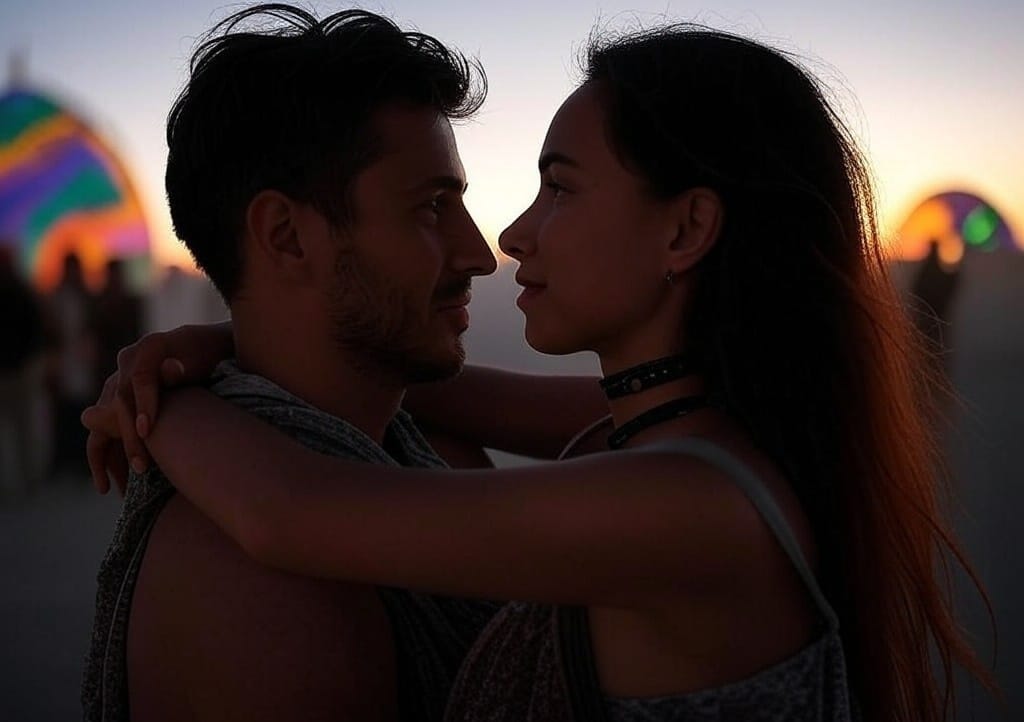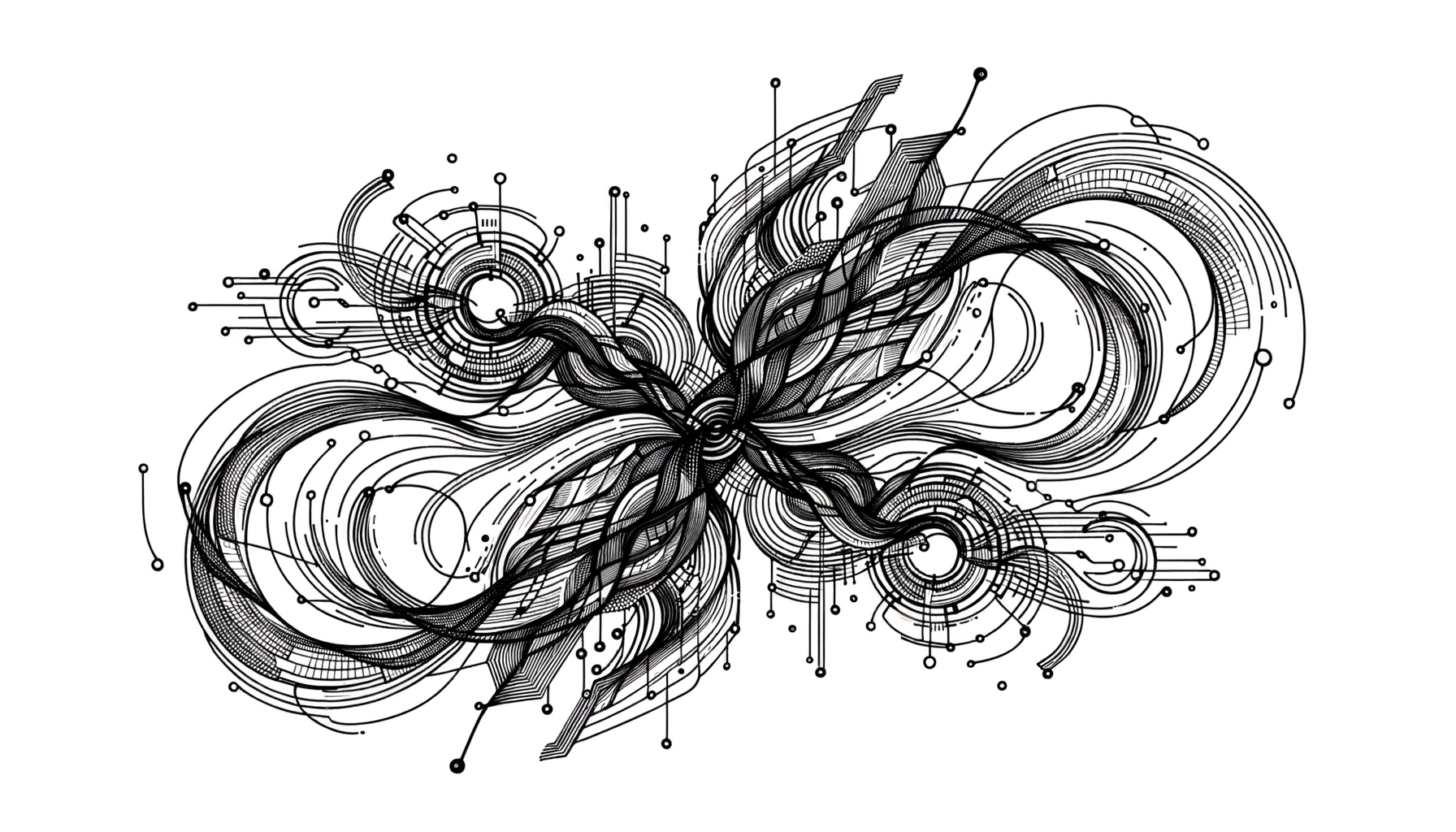Why I Chose This Path
We All Start Somewhere
Picture this: It’s 2 a.m., and I’m hunched over my grandmother’s weathered table, flipping through a photo album so ancient, it probably predates electricity. There’s this black-and-white snapshot of her at 20—beaming, leaning on a rusty truck, wearing a smile big enough to swallow the world. “She fell in love that summer,” my aunt had whispered once, like it was family folklore. And me? I was the kid who could listen to those stories for hours, thinking they held the secret to everything. Was love simpler then? Or are we all just doomed to endlessly replay the great, messy mystery of connection?
Fast forward some years, and here I am—trying to untangle those same knots for myself and anyone who’ll read me. Romance, relationships, and everything in between? I chose this wild, wonderful world because exploring how we love isn't just universal, it’s endlessly interesting. Plus, let’s be honest—what else combines the thrill of anthropology, the precision of science, and the drama of a Netflix original series?
Love Is a Puzzle (But Let’s Not Overcomplicate It)
My interest in relationships didn’t come from some grand epiphany, but years of quiet observation. Growing up in the Navajo Nation, I was surrounded by stories. Stories passed around crackling fires and over frybread on lazy Sunday afternoons. But more importantly, I saw how love was expressed—not just in the “romantic” sense but through the small acts that built our communities. Relationships were layered and deep, not always spoken but always felt.
When I eventually left home and studied anthropology, I noticed romantic relationships often got shoved into the mushy, “unscientific” category. But how people connect with one another? That’s the heartbeat of humanity! Every glance, every awkward first joke, every culturally significant gesture—it’s anthropology in action.
Of course, looking at love this way doesn’t mean it’s easy to define. Honestly, love is like sourdough bread—you can learn all the theories, but you still have to get elbow-deep in the flour. (And no, I don’t recommend texting someone at 1 a.m. with “You’re my fermentation starter"—trust me, it doesn’t land.) The point is, we build relationships by understanding ourselves and each other, and that exploration excites me endlessly.
Lessons in Vulnerability: Swipe Left on Perfection
Here’s what I’ve learned from years of picking apart the messiness of relationships—there’s no single right way to love…but there are definitely wrong ways. I’ll never forget the guy who proclaimed on a first date that he didn’t “believe in vulnerability.” Like, sir, are you a stoic philosopher or a houseplant? Because both those things still need tending.
The real kicker? That date might’ve been a complete flop, but it taught me the magic of letting my guard down (and just how quickly dates can disintegrate when one person is emotionally constipated). Vulnerability isn’t cute Instagram quotes or some cheesy scene from a rom-com—it’s the simplest of truths we’re completely terrified to share. “Hey, I want to be chosen,” “I need you to see me fully,” or even, “I’m scared this will hurt someday.” The people we connect with—romantic or not—are often the ones who hear those truths and stick around anyway.
Culture Shock: Romance Is a World Tour
Let me tell you, there’s nothing like examining relationships across cultures to blow your mind wide open. During a stint studying abroad in Japan, I saw how dating rituals could be thoughtful—I mean, downright meticulous. Gift-giving in Japan? It’s basically an art form. (Meanwhile, in the U.S., a guy once proudly handed me a half-eaten bag of Cheetos. Romantic.)
Back in Chile, I stayed for a while with my friend Martin’s family. They were the “hug-you-so-hard-your-soul-leaves-your-body” kind of people, and by the end of a week, I was calling his mom “Mamá.” Watching the ease and joy in their interactions shifted my own perspective on physical affection. Where I grew up, relationships often lived in quieter spaces, reverberating beneath the surface. But being immersed in a family that wore love so openly taught me vulnerability can be as loud as it is soft—and both pieces are valid.
These cultural contrasts taught me to adapt and appreciate differences in love styles, always asking, “What does this say about what we value? About where connection lives for this person?” More importantly, they reminded me that no single framework for love can define us all.
What Relationship Guides Forget to Tell You
Raise your hand if you’ve ever Googled phrases like “how to flirt” or “signs they like you.” (Yeah, don’t lie. We’ve all been there—and who among us hasn’t overanalyzed an emoji?) There are too many articles out there offering formulas for the “perfect” relationship. But here’s why I keep coming back to this work: love is never formulaic. As much as I want to give people the perfect blueprint, what they really need is less of a map and more of a compass.
So, instead of clean-cut, one-size-fits-all advice on love, I like to explore what actually happens:
- What do you do when your partner slurps their soup aggressively but has the sweetest laugh you’ve ever heard?
- How do you communicate when one of you thrives on poetic declarations of love while the other thinks “ILY” via text is peak romance?
- Can you hear hard truths, dust yourself off, and still show up to fight for connection (even during the next argument about where to order takeout)?
The work I do now isn’t just about offering tips—it’s about encouraging people to embrace the humanity we tend to shy away from. Forget the airbrushed #CoupleGoals. Let’s talk about that time you had to yell at your partner not to “mansplain” how thermostats work but were cuddling by the heater an hour later anyway. That’s real.
Why This Path Feels Right
As I write this, I’m still that kid pouring over relationships like there’s some ancient, hidden code waiting to crack open. I’ll always be fascinated by how love manifests itself—how it’s different or the same, whether shown by a text message, a hug, or an act of service. I look at my work as storytelling, sure, but also as bridge-building. Relationships make us vulnerable and magnificent. They require us to be artists and scientists all at once.
At Ciusi, I’ve found a platform where my nerdy love for lived experience meets creative storytelling. And every story I help tell is like crafting another small thread that might connect us all better—whether you’re on the first date or a 50-year marriage.
So why did I choose this path? Because it keeps reminding me how beautiful, messy, and breathtakingly human we all are. And because navigating relationships—just like love itself—never goes out of style.




















